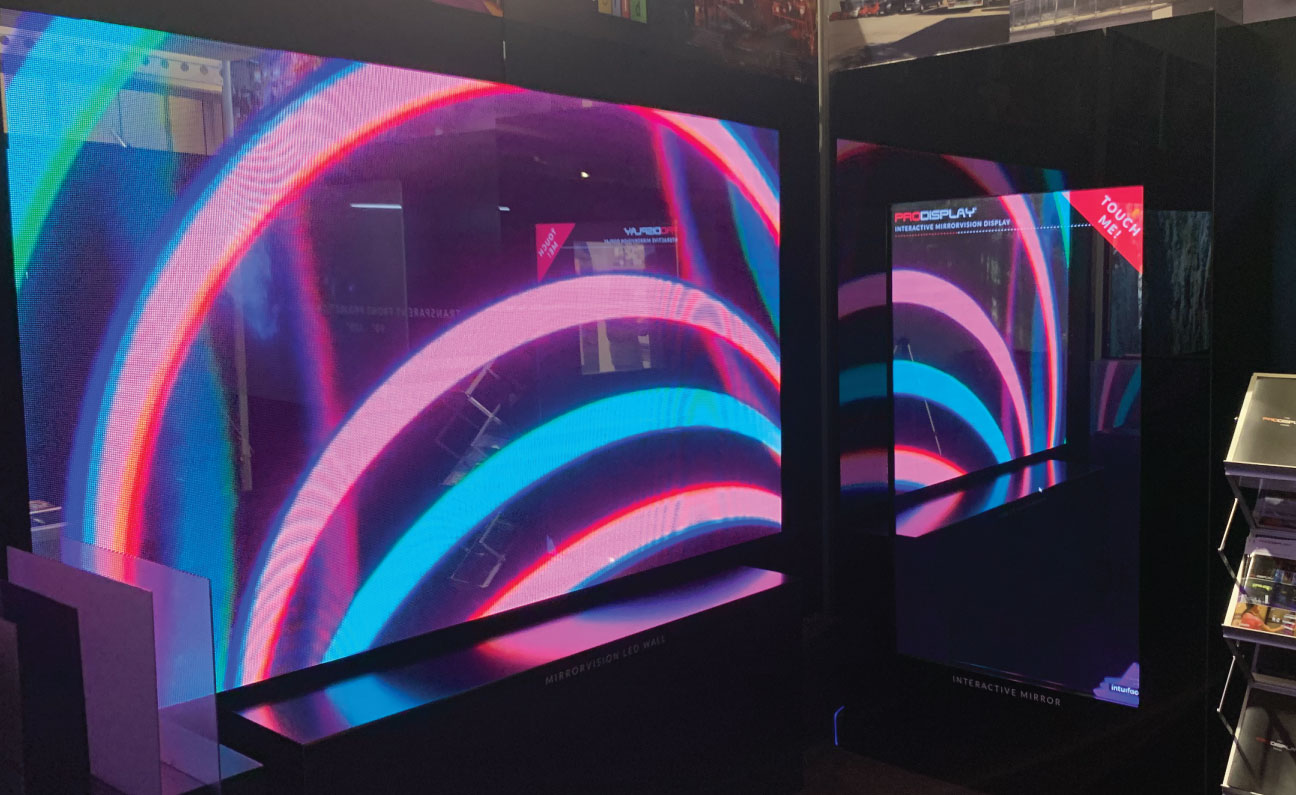Perfecting Color Precision in LED Display Calibration for Breathtaking Visual Displays
Perfecting Color Precision in LED Display Calibration for Breathtaking Visual Displays
Blog Article
Hue precision is crucial for producing breathtaking graphic displays, particularly when employing LED walls. These large displays are frequently found in locations like music venues, sports arenas, and advertising billboards. When the colors on an LED screen are not accurate, the images can look flat or warped, which can impact the total impression for audiences. Therefore, perfecting color accuracy in LED screen tuning is vital for achieving vibrant and true-to-life visuals.
The initial step in guaranteeing color accuracy is understanding how LED systems works. LEDs, or light-producing diodes, generate light in multiple colors by mixing red, green, and blue (RGB) light. Each pixel on an LED screen is made up of these three hues. When tuned correctly, the combination of RGB can produce a broad range of colors. However, if one hue is too bright or too dim, it can throw off the whole screen. This is why tuning is necessary to balance the colors and achieve the intended graphic result.
Tuning involves adjusting the configurations of the LED wall to ensure that the hues displayed correspond the original content as nearby as possible. This procedure usually includes using specific helpful site software and hardware tools. Technicians often use color measurement devices, such as spectrophotometers, to examine the colors being displayed. By contrasting the measured hues to benchmark color standards, they can make precise adjustments. This guarantees that the colors are not only vibrant but also uniform across the entire display.
Another crucial factor of color precision is understanding the surroundings in which the LED screen is used. Elements such as ambient light can considerably affect how colors appear. For instance, a brightly illuminated room may wash out hues, making them look less lively. To counteract this, technicians may modify the luminosity and contrast settings of the LED screen. Additionally, they may choose particular color profiles that are better appropriate for different lighting environments. This adaptability helps preserve color precision irrespective of the observing environment.
Finally, regular upkeep and re-tuning are essential for maintaining an LED wall looking its best. Over time, the functionality of LEDs can alter due to factors like aging and heat fluctuations. Frequent inspections and adjustments can help ensure that the colors remain accurate and lively. By investing time in proper tuning and upkeep, venues can offer audiences with stunning graphic presentations that enhance their overall impression. Perfecting color accuracy in LED screen tuning is not just a technical job; it is an art that contributes to the wonder of graphic storytelling.